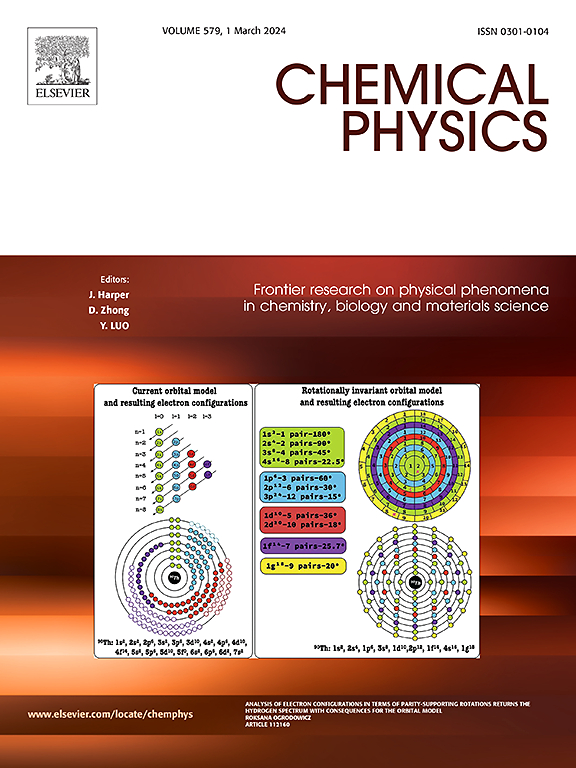Microscopic mechanisms of thermal transport at the SiO2-water interface under the influence of wettability: A molecular dynamics study
IF 2
3区 化学
Q4 CHEMISTRY, PHYSICAL
引用次数: 0
Abstract
Amorphous silica (a-SiO2) nanoparticles play an important role in the fields of solar thermal utilization, nanofluids and thermomagnetic therapy. However, there is still a lack of understanding of the microscopic mechanism of heat transfer between nanoparticles and water, especially the wettability of nanoparticles. Here, we use molecular dynamics (MD) simulation to study the microscopic mechanism of heat transport between a-SiO2 and water under the different wettability. The results show that the hydrogen bonds(H-bonds) heat conduction network is formed at the interface of the a-SiO2 nanoparticles due to the H-bonds interaction between water molecules. In addition, with the increase of wettability, the thermal boundary conductance also increases. This is due to the formation of more H-bonds between water molecules at the interface of the a-SiO2 nanoparticles, which slows down the exchange frequency of water molecules between the a-SiO2 nanoparticles interface and the bulk water, increases the time scale of stay on the a-SiO2 nanoparticles surface, and increases the probability of heat transfer between a-SiO2 nanoparticles and water. The change of wettability leads to the change of water structure at the a-SiO2 nanoparticles interface, forming a tetrahedral hydrogen bond structure similar to that of solid ice. The analysis of VDOS further confirms the key role of the vibration of the H-bonds network in the heat transport at the solid-liquid interface. Consequently, these insights provide a valuable theoretical framework for comprehending heat transport mechanisms at soft-hard interfaces.

求助全文
约1分钟内获得全文
求助全文
来源期刊

Chemical Physics
化学-物理:原子、分子和化学物理
CiteScore
4.60
自引率
4.30%
发文量
278
审稿时长
39 days
期刊介绍:
Chemical Physics publishes experimental and theoretical papers on all aspects of chemical physics. In this journal, experiments are related to theory, and in turn theoretical papers are related to present or future experiments. Subjects covered include: spectroscopy and molecular structure, interacting systems, relaxation phenomena, biological systems, materials, fundamental problems in molecular reactivity, molecular quantum theory and statistical mechanics. Computational chemistry studies of routine character are not appropriate for this journal.
 求助内容:
求助内容: 应助结果提醒方式:
应助结果提醒方式:


